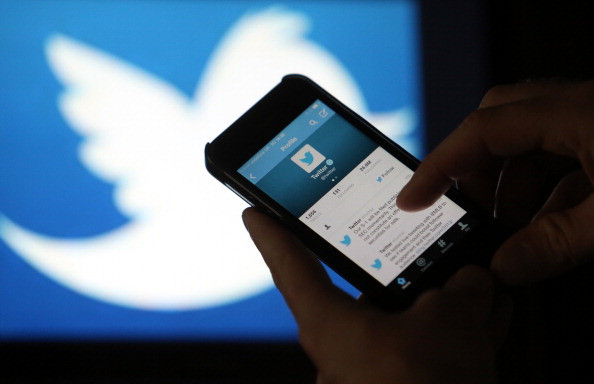Twitter rolls out new customer service features simplifying communication between businesses and users

Twitter has launched a new customer service feature, which fosters improved communication between its users and businesses. The new feature offers users two specific tools to send messages and provide feedback directly to businesses.
Twitter is known for being one of the best social networking platforms for users to connect specifically with businesses. Users are wont to posting tweets about either good or bad service to provoke businesses to respond to their feedback. With the new features, Twitter pushes deeper into customer service.
In a blog posted on 18 February, Twitter said: "Today, we're excited to announce two new tools to help businesses provide even better customer service on Twitter. Starting today, all businesses Tweeting around the world can start adding Direct Message deep links to their Tweets. Customer Feedback will begin rolling out to select brands over the next few weeks."
As the blog suggests, Direct Messages and Customer Feedback are the new offerings that Twitter has for its users. Direct Messages offers them the opportunity to initiate a private dialogue with businesses. Businesses can now choose to add an additional "send private message" button to their account, which then can be tapped on by users to open up a private chat window. This tool offers businesses a certain amount of privacy when handling interactions with current or potential customers.
Businesses can also add the Customer Feedback tool to gather customer opinions following the completion of a customer service interaction. This particular feature offers businesses a structured means by which they can "measure and improve" their service. The tool provides businesses with two common feedback formats – Net Promoter Score (NPS) and Customer Satisfaction (CSAT).
Twitter's push into customer service reflects its desire to create a more interactive and open platform for businesses and to further monetize the platform by shifting focus from advertising to customer service. The move coincides with Facebook's potential ads push in Messenger. Both social network giants seem to be locked in a race to attract more businesses and expand user growth.
© Copyright IBTimes 2025. All rights reserved.






















